How Dubsmash escaped death and became #2 to TikTok with 1 billion monthly views
Abstract
In 2015, Dubsmash was a viral sensation. It let people lip-sync to songs or short clips from movies and share funny videos on social media. There was a problem, though: the users weren’t sticking around for long. The founders decided to turn the boat around and start over with a new team and a new audience. For almost two years, we worked hard on adding new features and increasing user retention. In 2020, we hit 1 billion monthly views, becoming the second-largest player in the US short-video market behind TikTok.
As a sole product designer on the team, I’ve worked closely with everyone from product managers to engineers. Together we designed, tested, and shipped new features every two weeks.
Credits
Jonas Druppel (CEO), Tim Specht (CTO), Suchit Dash (President), Jacob Fierro (Head of Product, Platform), JM Chilgren (Director of Product), Zhifu Ge, Michael Lodato, Josias Sena, Joe Tagliaferro & their engineering teams, Branka Domić & the QA testing team, and Barrie Segal (Global Head of Content).
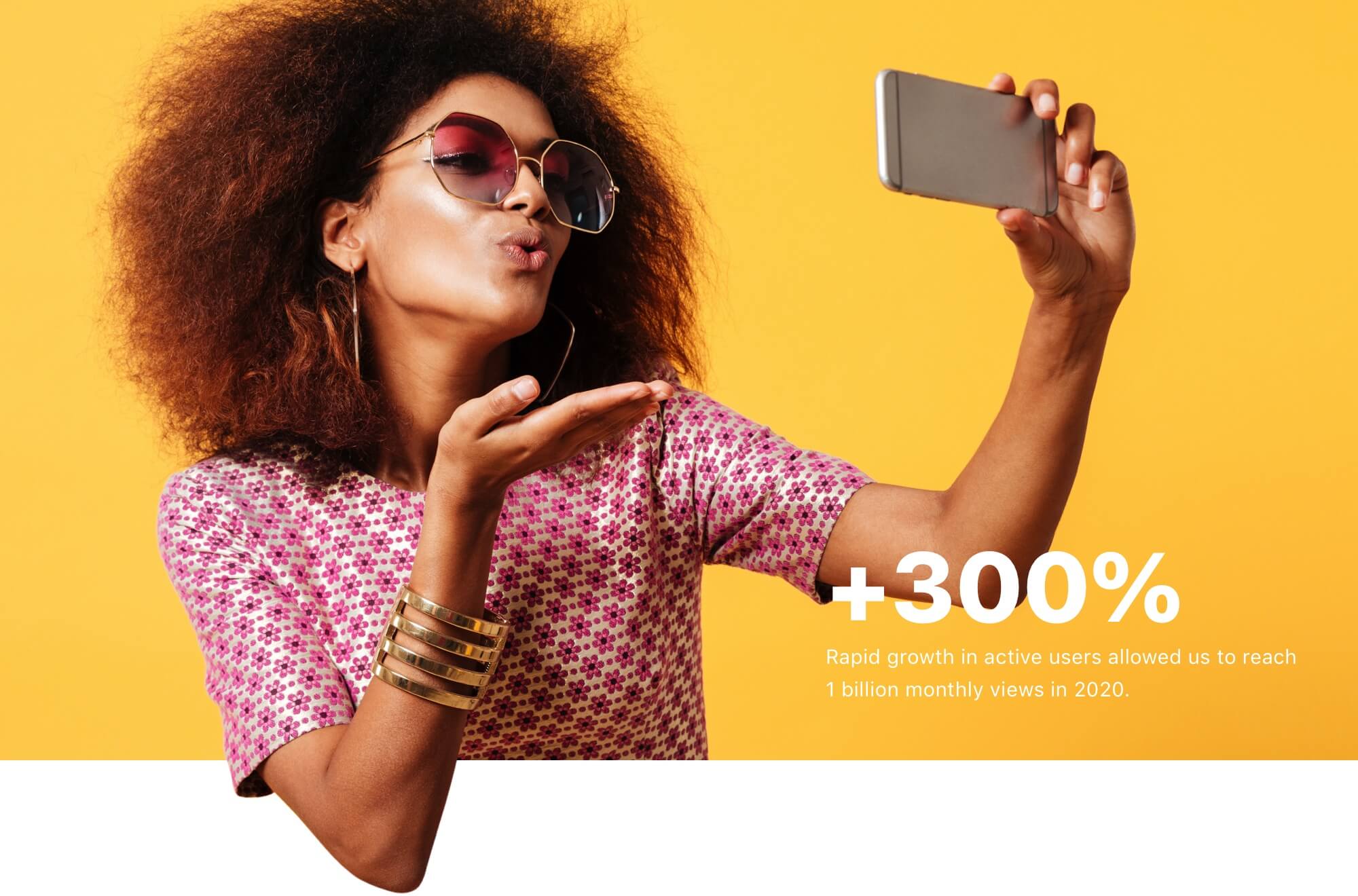
In 2015, Neymar, Jennifer Lopez, and 50 million others had one thing in common: a Dubsmash account (that they weren’t really using)
The original app quickly became a viral success and rapidly outgrew its home country, Germany. Suddenly, it seemed that everyone, including the top celebrities, was lip-syncing and sharing funny videos.
Dubsmash generated a lot of media attention, broke several App Store records, and the user growth numbers were staggering. However, they weren’t telling the whole truth. While many users were drawn to the app by viral celebrity moments, only a handful of them stayed longer than a few days. User retention was low, and after recording a few videos, users often lost interest.
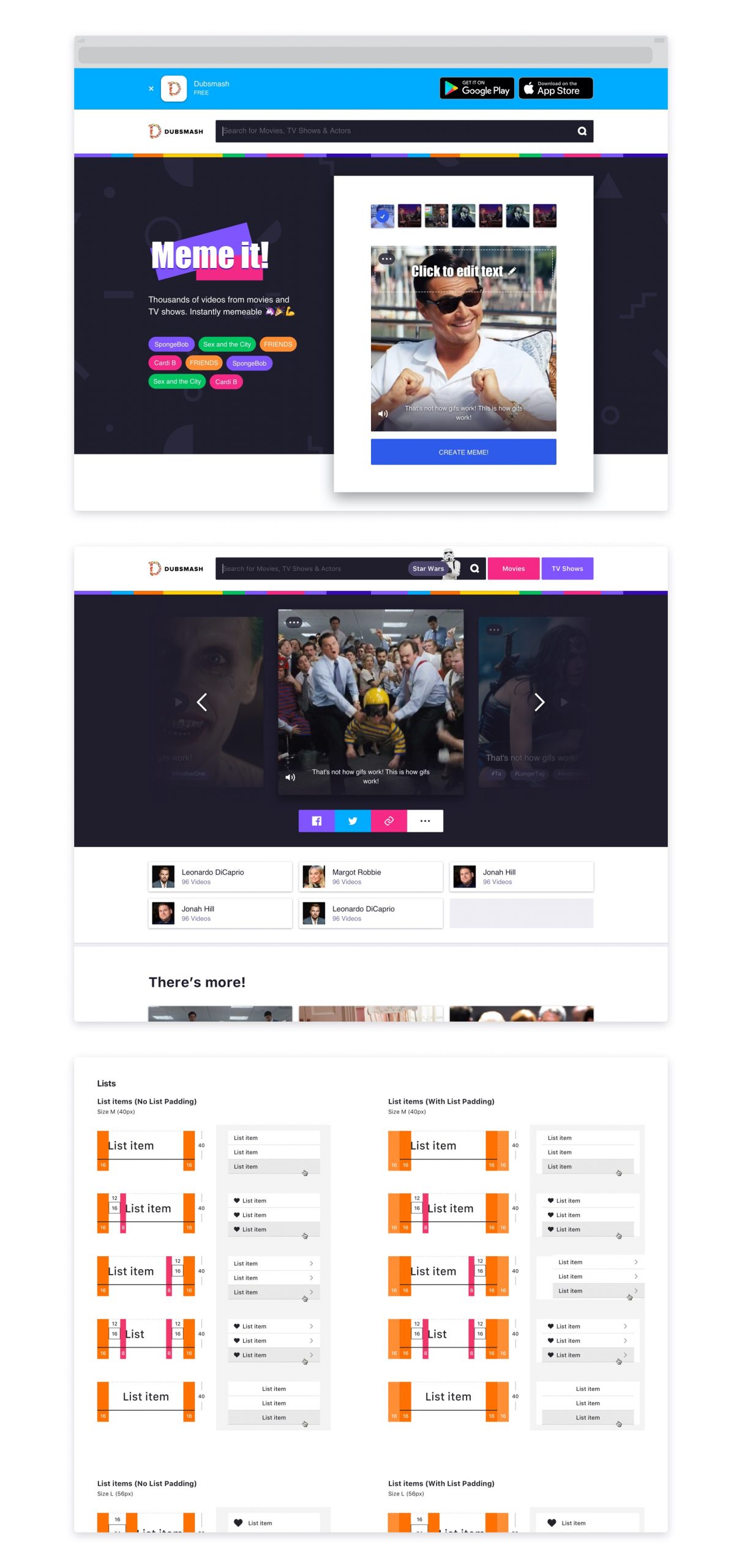
The journey from a one-hit-wonder to a wonderful product began with a closer look at the existing users
From the giant lip-syncing crowd of one-time users emerged an unexpected group. There was a small community of young minority teens who were inventing new dance moves and sharing them on Instagram. Sometimes they used music they had written themselves. Because of its simplicity, Dubsmash proved to be an ideal platform for their creative and artistic endeavors. The founding team decided to relaunch the app and target it at this user cohort. Additionally, several social networking features (such as likes and following) were implemented to support the creators.
That proved to be a winning strategy. Since the relaunch, users have created millions of videos that receive more than a billion views per month.
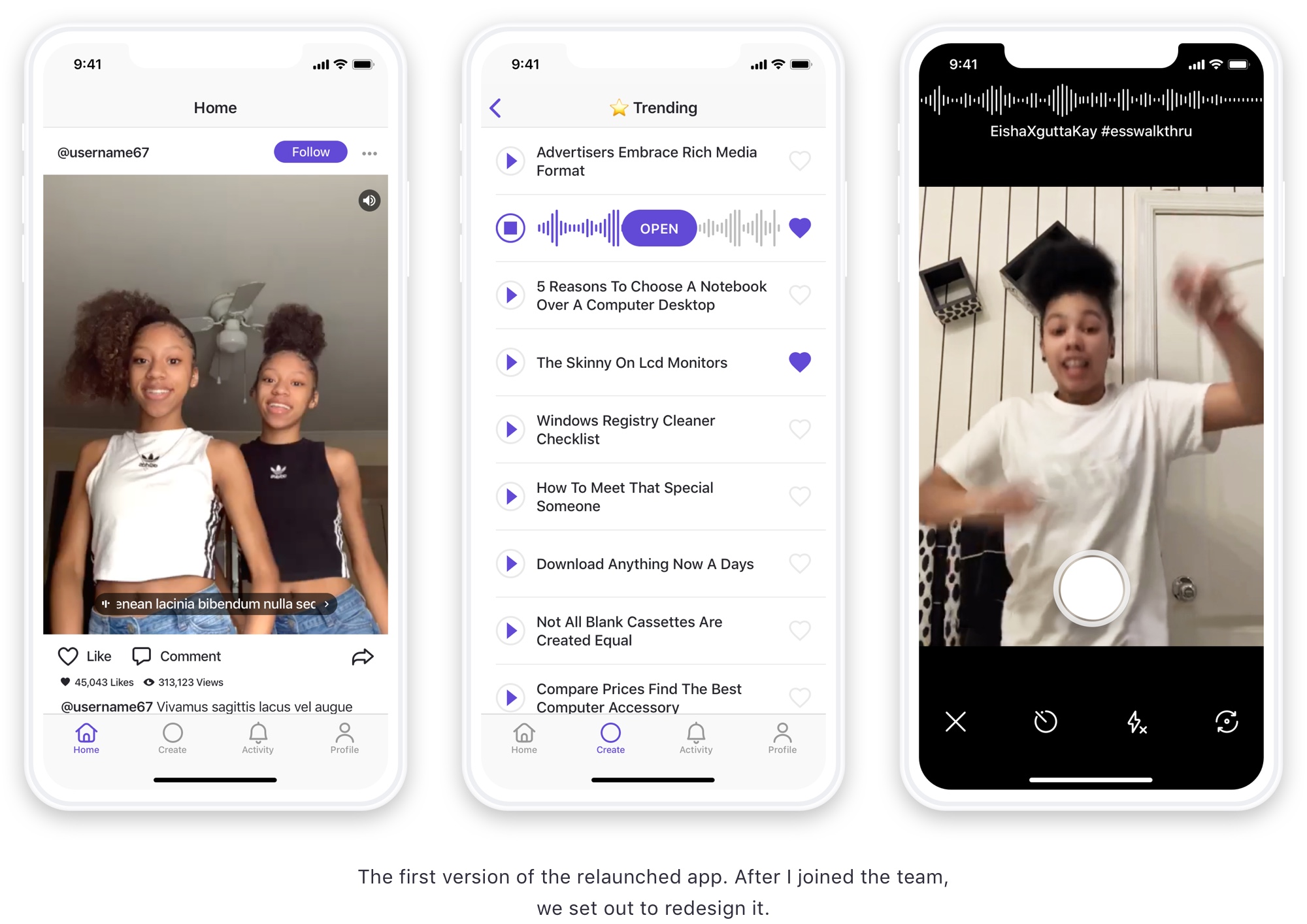
Dubsmash became a place where new trends are born. Jalaiah Harmon invented the Renegade Dance and shared it with the world via the app. The community helped her gain recognition for it despite the “borrowing” of the viral dance moves by more famous users on TikTok and other platforms.
After the relaunch, we focused primarily on two aspects of the product: video creation features and user retention
The company invested a lot of effort and energy into developing the dancer community. The content team organized many meetups, video shootings, and other live and online events.
On the product side, we needed to offer the creators the right tools for the job. Video recording and editing features were among the most requested.
To encourage further sharing and community building, we added communication features such as comments or internal direct messaging.
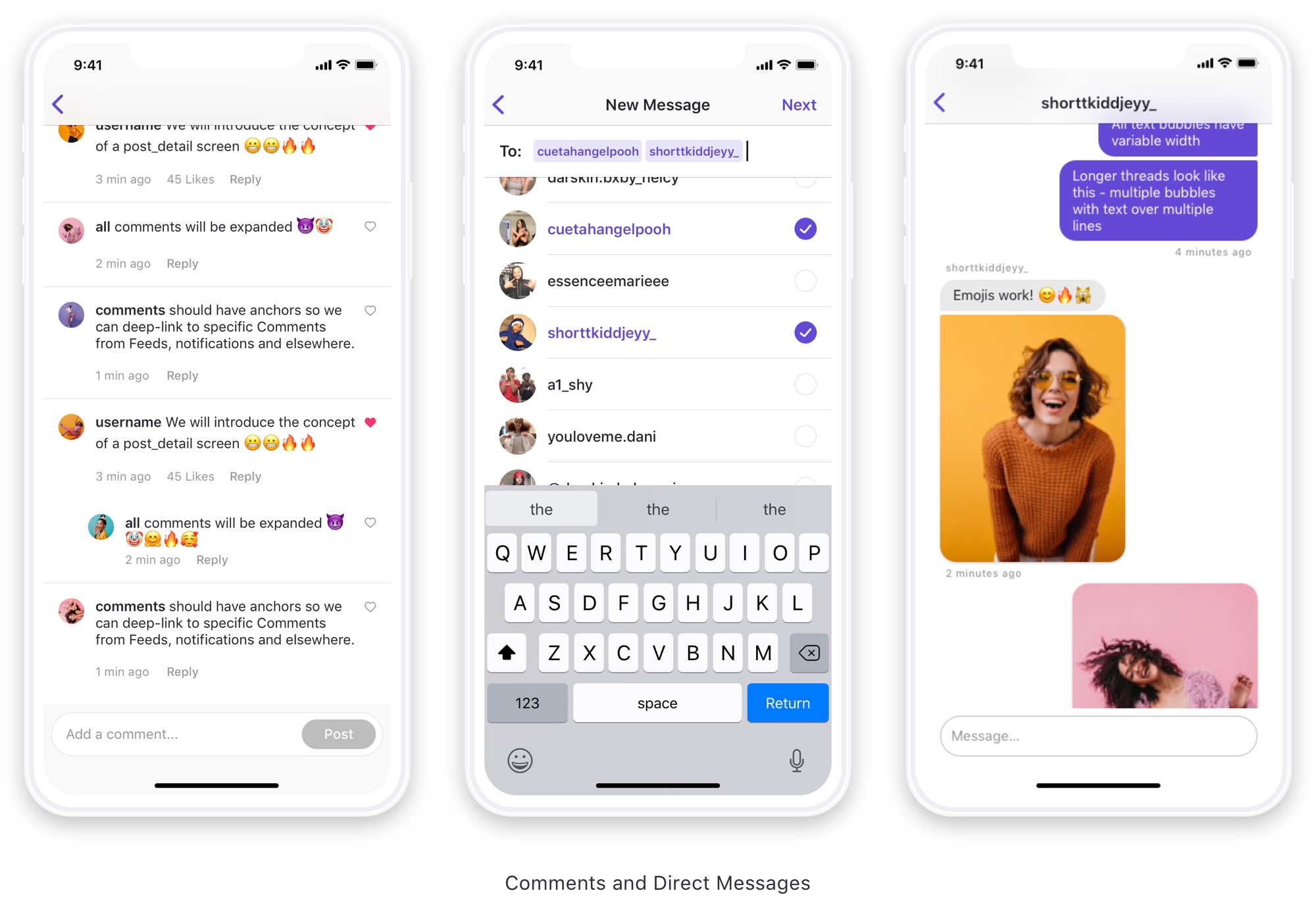
Even with $0 spent on marketing, we managed to improve the user acquisition and retention numbers
While TikTok was reportedly spending around $1 billion per year on marketing, our promotion budget was close to zero. No ads, sponsorships, or billboards. Instead, we focused on improving the product and the back end that powered it. Our efforts could be summarized in a simple formula:
Retention = Follows + Likes
In other words, as a matchmaking business, our primary job was connecting creators with their audiences. The sooner a new user sees something they like and can interact with, the more likely they are to return to the app later. That’s why we spent much time on improving the onboarding process while the platform team was building and testing powerful content recommendation algorithms.
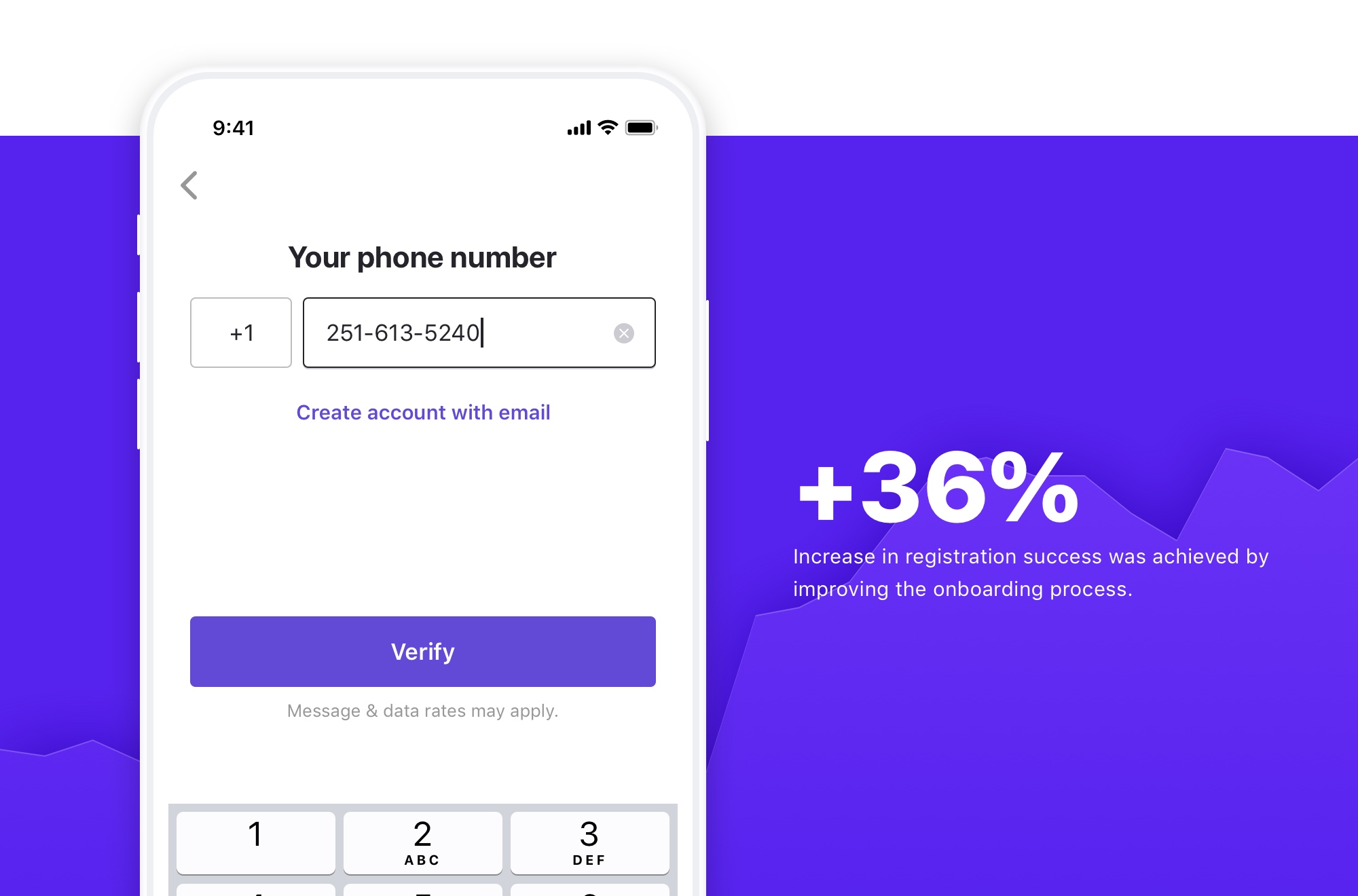
A growing and increasingly active audience compelled the creators to keep making videos. Their retention numbers increased significantly, and almost 30% of them stuck around after a year.
Accounts to follow and trending videos were the first things new users saw when they signed up
As the absolute majority of our target group were teens, the use cases were often dictated by a school day schedule. There were significant spikes in activity during lunch breaks when people were physically close to each other. Using the app was not a solitary activity – the videos were shared online and in person. To take advantage of this usage pattern, we gave our users an option to sync their contact lists with the app. This way, they were able to get more relevant follow recommendations, and our user base grew even more.
Beyond onboarding, the primary source of recommended content is the Explore section.
Off-platform sharing proved to be one of the most effective acquisition tools. Dubsmash is just one part of the ecosystem of apps our users interact with daily. To make it easier for creators to export their videos from Dubsmash, we introduced a custom Share Sheet. That increased the off-platform sharing numbers by 400%.
Notifications played a crucial role in our user retention efforts as well. The constant testing and experimentation allowed the analytics team to come up with an effective delivery strategy. The emphasis was put on the “transactional” notifications, encouraging the users to interact with each other.
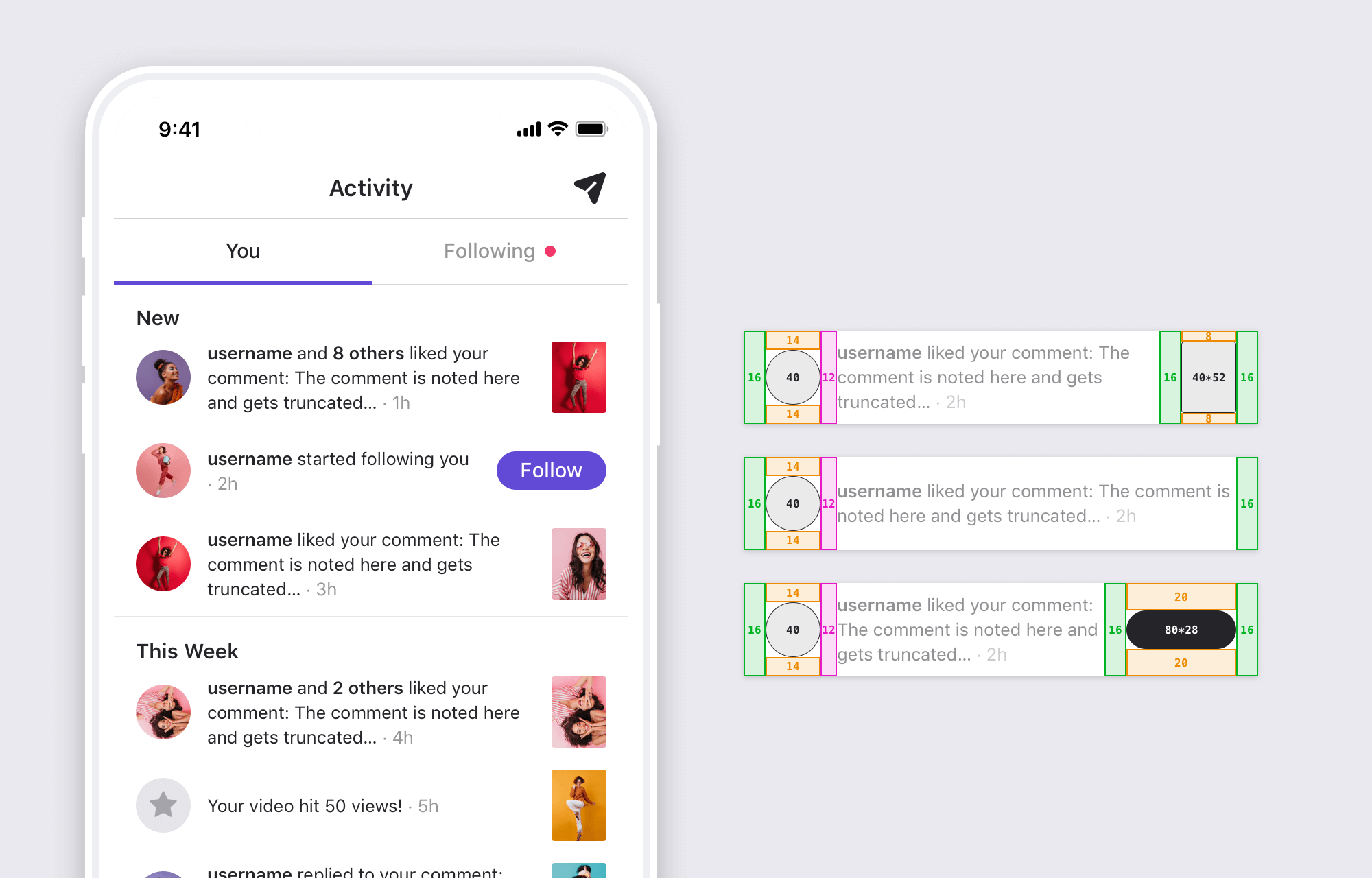
As anyone who’s tried it knows, dancing is hard. Choreography is often intricate, and it can be intimidating for beginners to replicate the moves performed by some of the most experienced artists. To help our users overcome this barrier, we introduced several features aimed at practice and dance training. Making a video private allows the user to try all of the app's features without sharing the results with anyone.
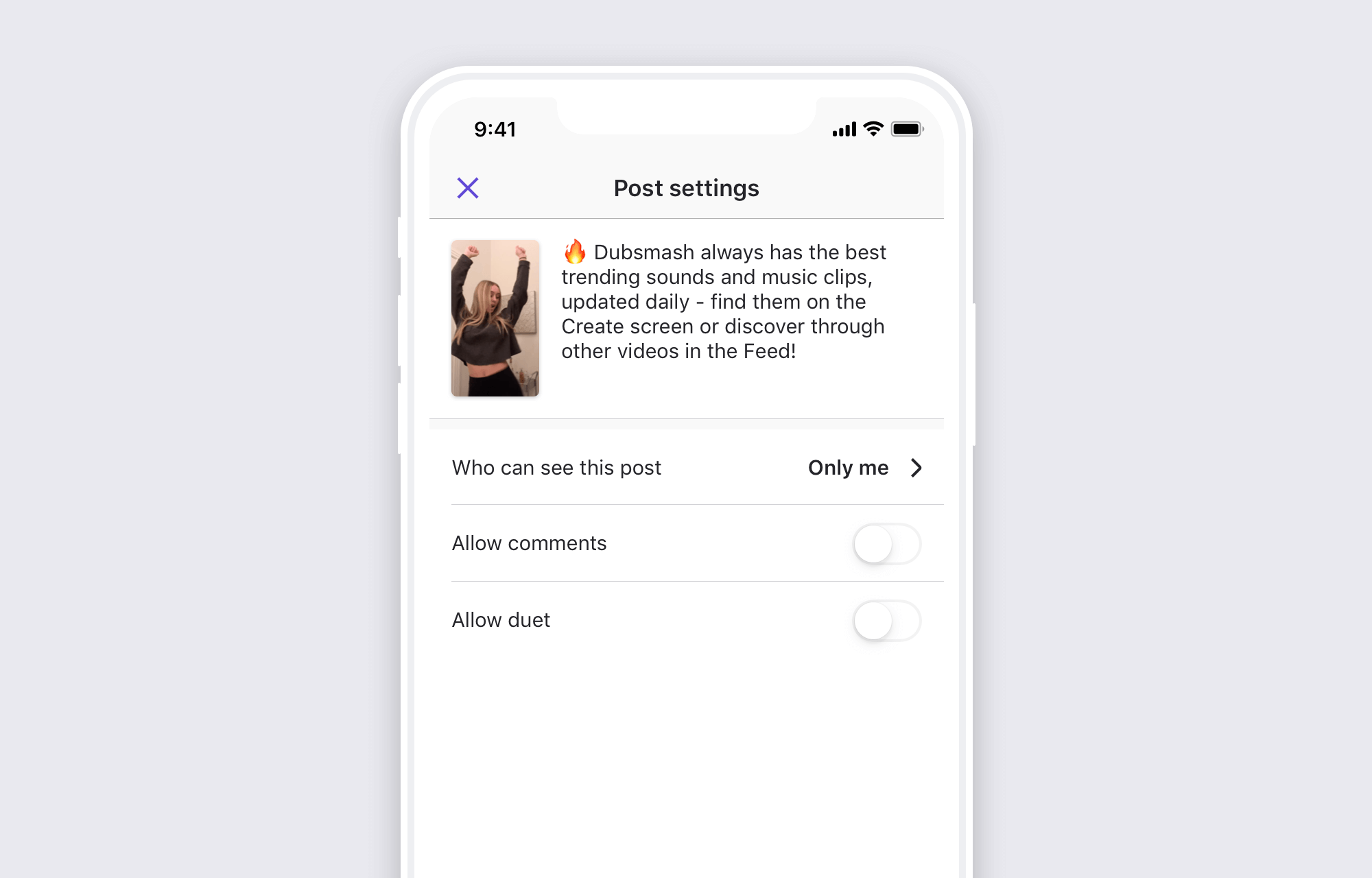
A big chunk of our efforts was focused simply on making the app more appealing and up to speed with the current UI trends. From something that “looked like Dropbox”, we moved on to full-screen videos, animated thumbnails, and delightful microinteractions. Over time, we’ve made the UI much more engaging.
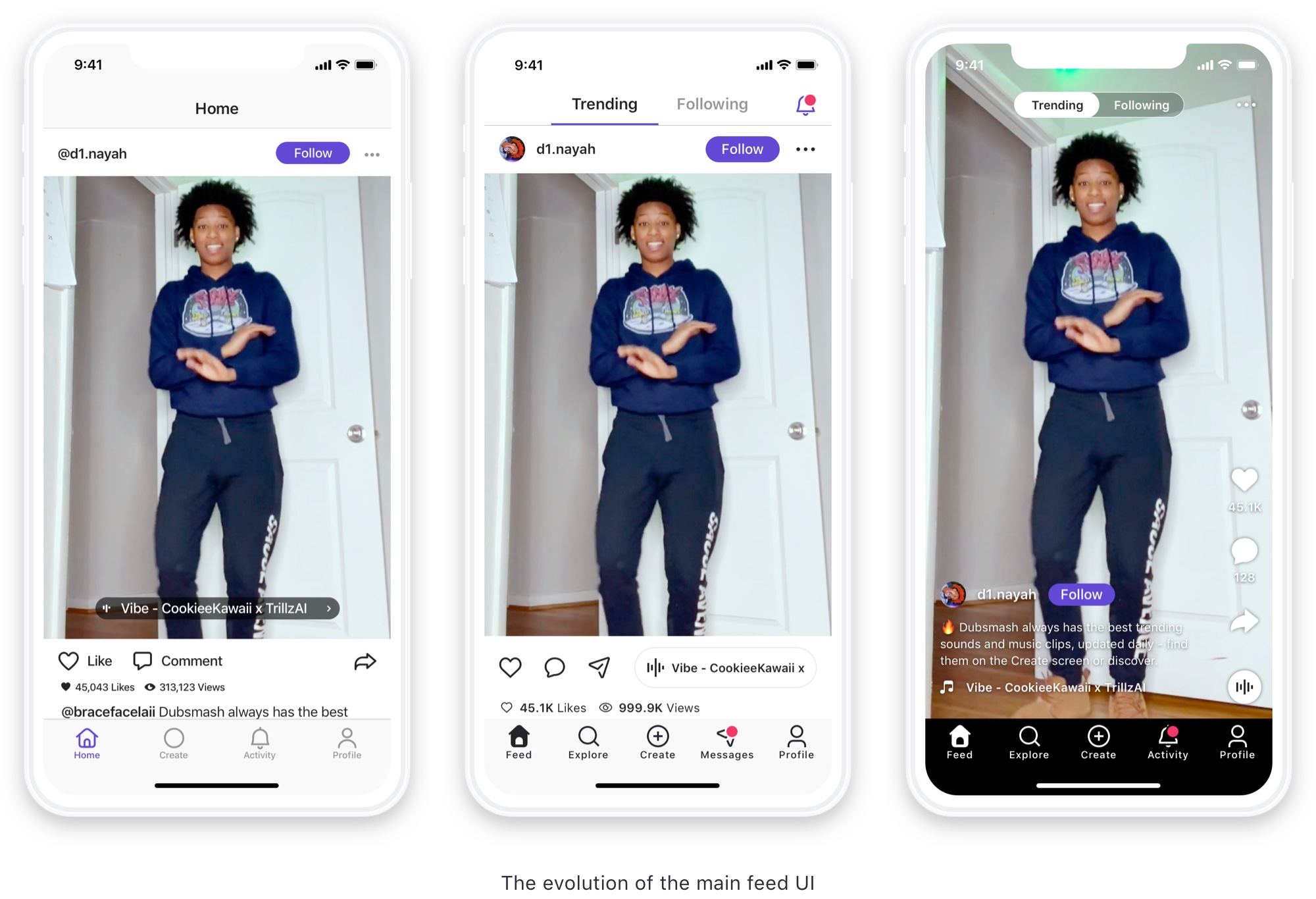
Reaching out to a broader audience: we started with the Value Proposition Canvas
After establishing ourselves in the dancer community, we started working on expanding towards other target groups. Dubsmash wasn’t just a creators’ tool anymore. It was gradually changing, and the community and networking aspects of the product were becoming more and more important.
We learned this after one of our failed experiments. I mean, it failed, but in a good way. To me, it’s always fascinating to watch how users interact with a new product or feature. Sometimes, it’s vastly different from what you, as its creator, expected.
Users had the nerve to use our new feature in a different way than intended ;)
We came up with something called “Q&A videos”. Up until that time, Dubsmash was purely about dancing. Pick a sound (usually a hip hop track) and record your moves. Users were not able to create a video without music in the background.
To appeal to the non-dancer crowd, we introduced a new video format. They were supposed to be talking videos – pick a topic (e.g., “Tell me your best joke!”) and record your answer. Other people could react as well with videos of their own.
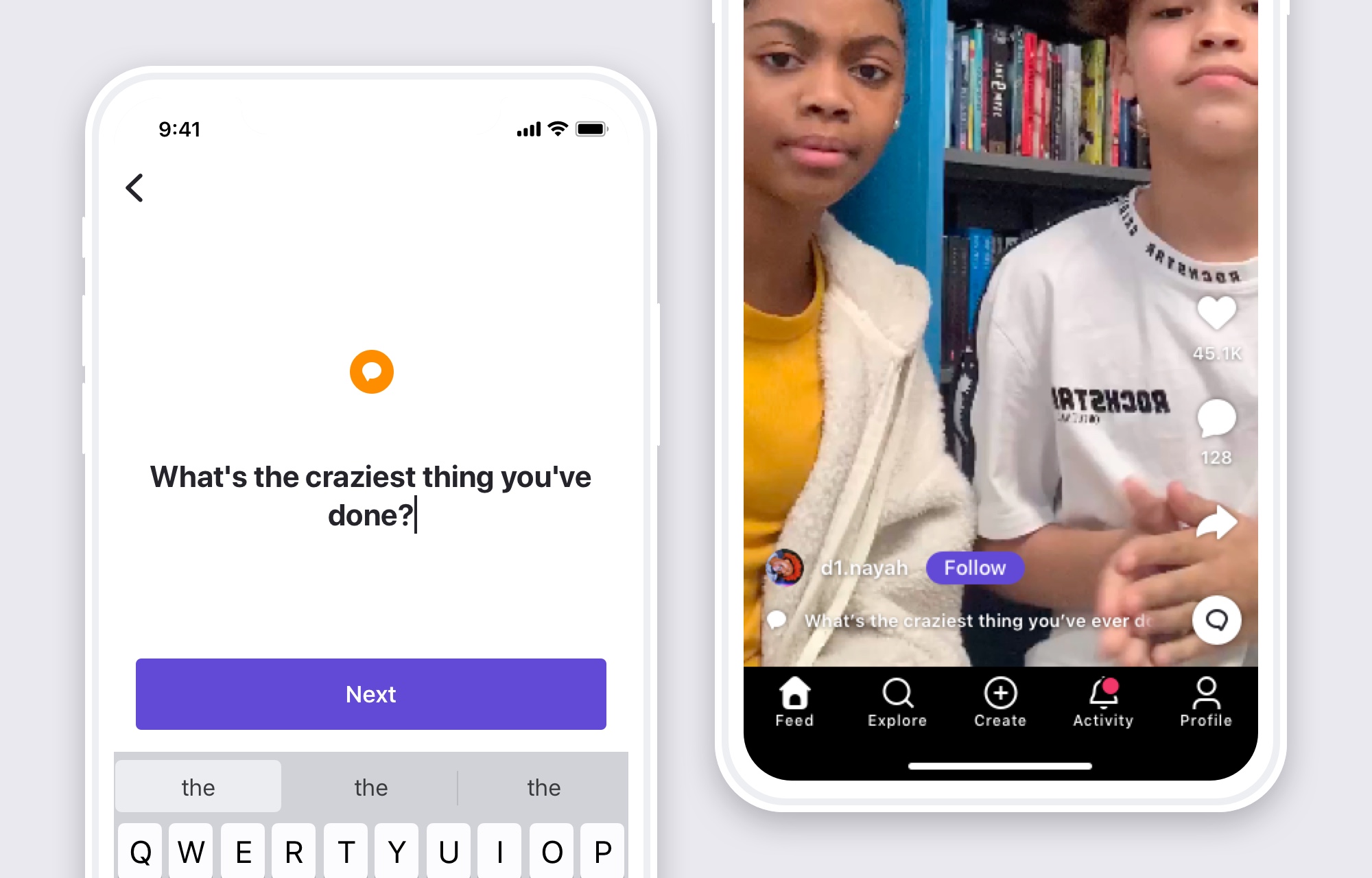
The feature became reasonably popular with the users. However, only a handful of people were using it as intended (pick a topic, record an answer). Instead, they took the freeform video format (without background music) and ran with it – they reached out to their followers, talked about their day, asked for advice, or just recorded themselves riding in a car. Basically, they started making Instagram Stories. On Dubsmash.
What was really interesting, though, was the associated data we collected. We saw different clusters of users being formed. One group was interested in dance videos; the other started to create and watch “stories”.
To formulate the needs and pains of our new target group, we used the Value Proposition Canvas
It was clear that Dubsmash was appealing to multiple user cohorts, which was great. However, until that point, we hadn’t really given much thought to anyone except the dancers. We needed to do some research. User journey mapping and the Value Proposition Canvas helped us organize our ideas.
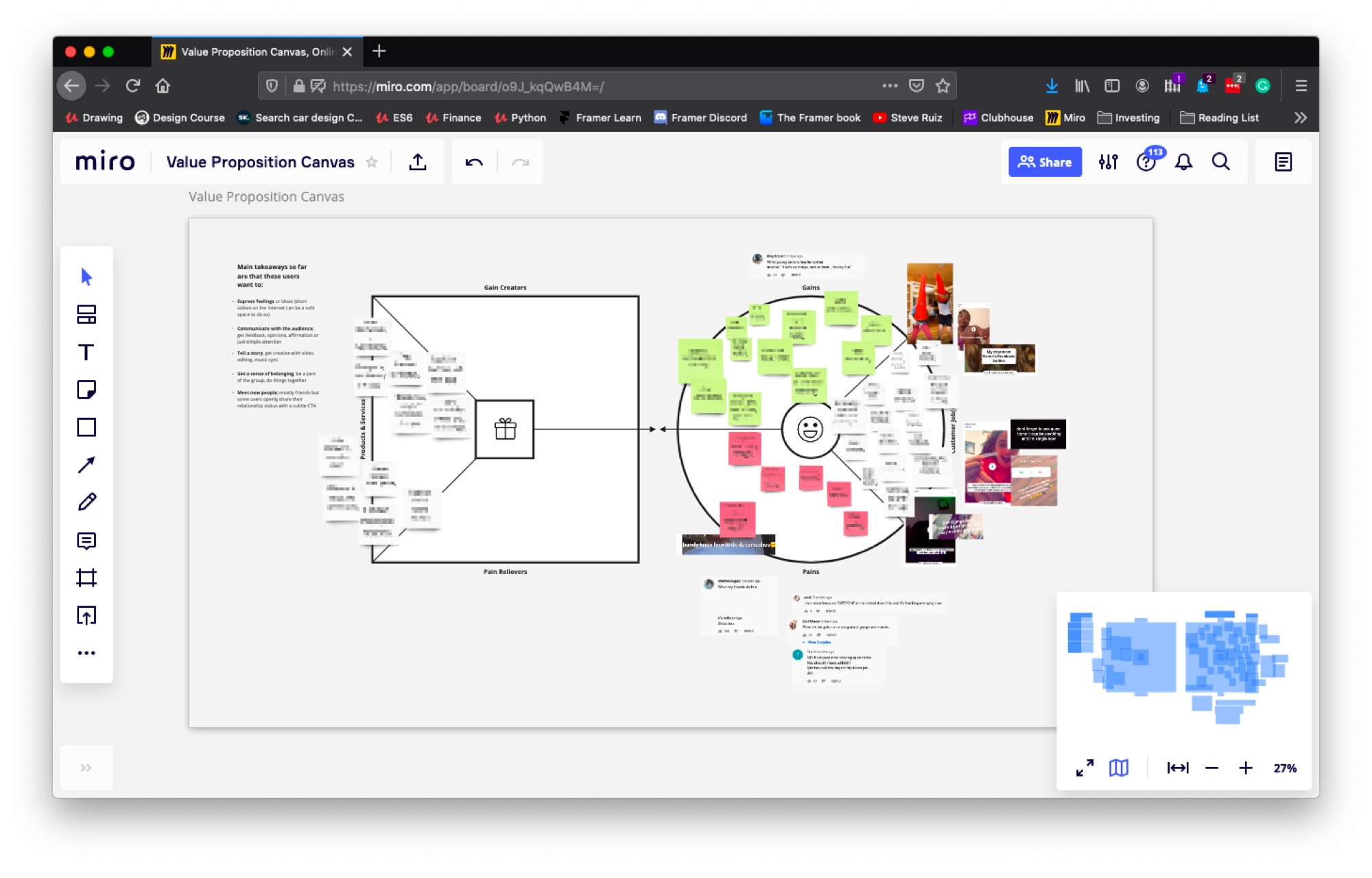
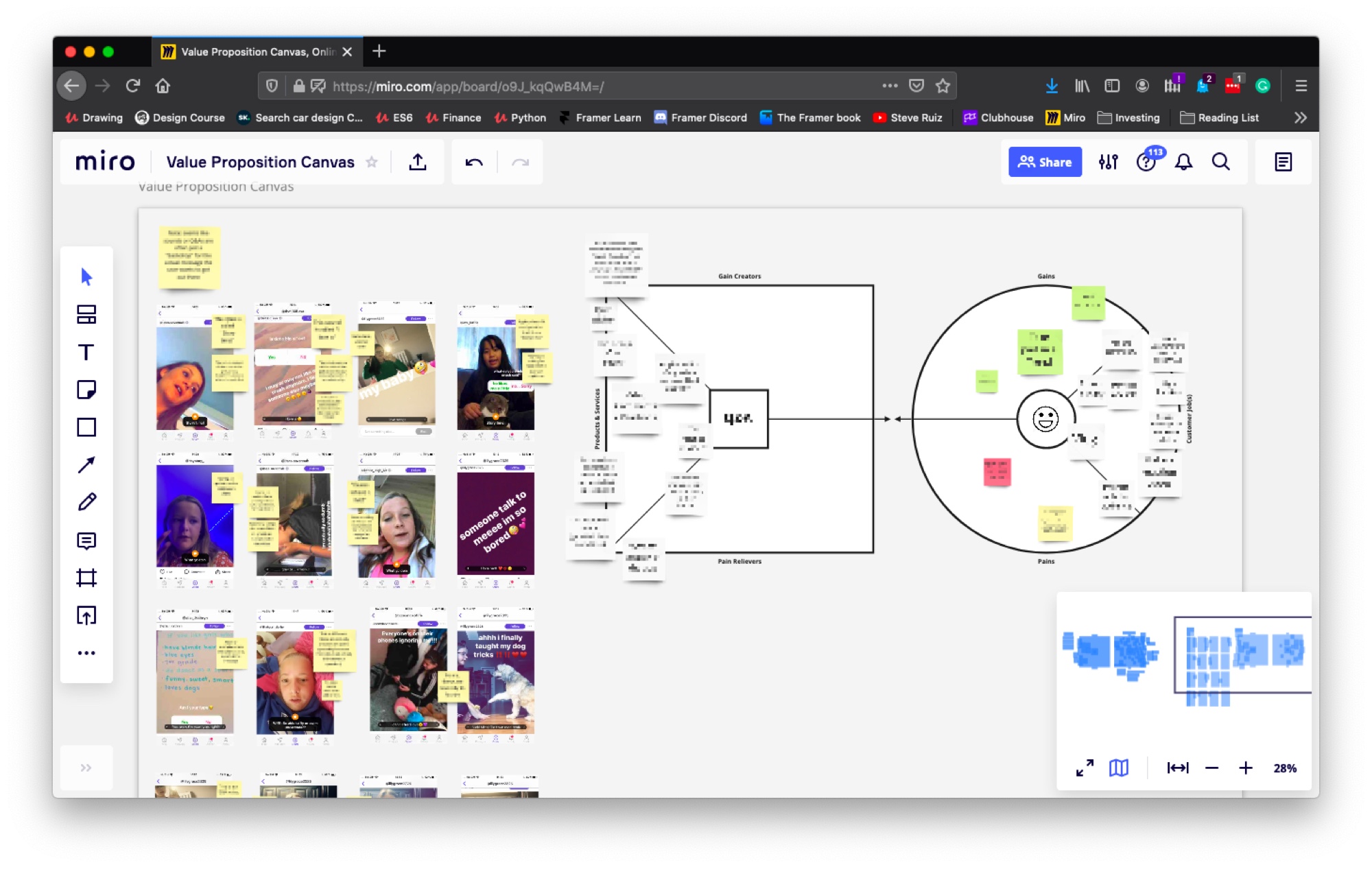
We started by searching for the existing content on our platform. We were trying to define use cases and user journeys. It seemed that the “non-dancers” wanted to:
- Express feelings or ideas
- Communicate with the audience
- Tell a story
- Get a sense of belonging
- Meet new people
They were trying to accomplish this by “hacking” the existing features such as Q&A videos, captions or text stickers.
In the end, all of this helped us to understand our users better. Since introducing the Q&A videos, we’ve shipped multiple new features and re-created much of the UI with several new use cases in mind. We’ve revamped the creation process – while music and sounds are still a big part of Dubsmash, it’s no longer the only way to make videos. The updated recommendation algorithms are continually learning and can tailor content suggestions to the individual user.
Since its near-death experience, Dubsmash was able to completely reinvent itself and become a serious player in the short-form video market.